British Columbia Student Assessment - Curriculum-Aligned Assessment Tool
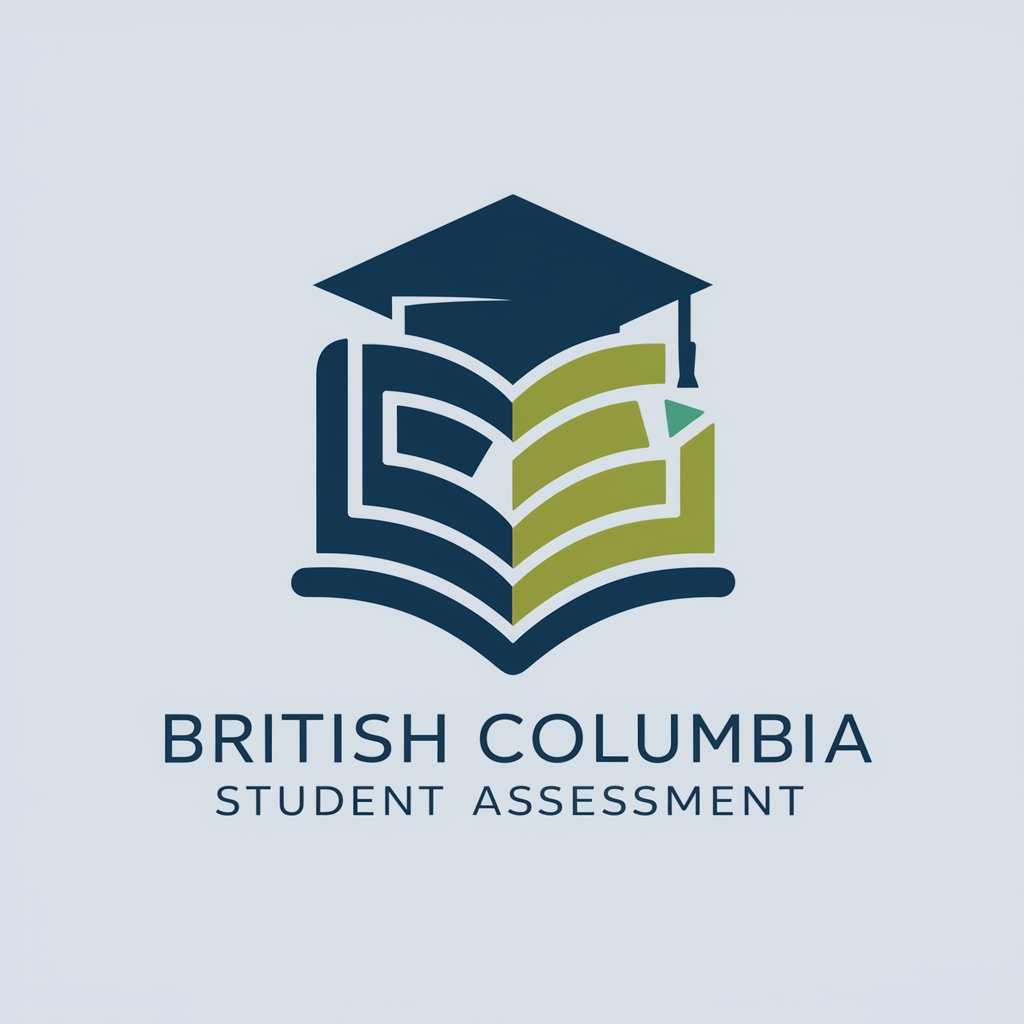
Welcome to BC Student Assessment!
Empowering Educators with AI-Driven Assessments
Design a logo that symbolizes educational progress...
Create a modern emblem for student assessment...
Illustrate a professional badge for educational feedback...
Develop a contemporary logo for academic evaluations...
Get Embed Code
Introduction to British Columbia Student Assessment
British Columbia Student Assessment is designed to align with the British Columbia Ministry of Education's standards, focusing on the comprehensive assessment of student learning across various grades and subjects. Its primary purpose is to evaluate and communicate students' progress in a way that is consistent, accurate, and reflective of their understanding and application of the curricular competencies. For example, through the use of proficiency scales, educators can provide detailed feedback on students' abilities in critical thinking, communication, and personal and social competency. A scenario illustrating this might be a teacher assessing a Grade 6 student's math project, using criteria to gauge the student's reasoning and analyzing skills, and then communicating the assessment in terms that are understandable to both the student and their parents. Powered by ChatGPT-4o。

Main Functions of British Columbia Student Assessment
Evaluation of Curricular Competencies
Example
Assessing a student's ability to engage in critical thinking during a social studies project.
Scenario
A teacher uses a rubric aligned with the BC curricular competencies to assess how a Grade 9 student critically evaluates sources in a social studies assignment, providing specific feedback on areas of strength and for improvement.
Communication of Learning Progress
Example
Sharing a student's learning achievements and areas for growth with parents.
Scenario
During parent-teacher conferences, a teacher presents a detailed report card based on the BC proficiency scale, explaining a student's progress in English Language Arts, including specific examples of their work and suggestions for further development.
Support for Diverse Learning Needs
Example
Tailoring assessment methods to accommodate students with various learning styles and needs.
Scenario
An educator designs multiple assessment opportunities, such as oral presentations, written assignments, and group projects, to ensure all students can demonstrate their understanding of the curriculum, recognizing different strengths and learning preferences.
Promotion of Lifelong Learning Skills
Example
Fostering skills that support students beyond the classroom.
Scenario
Teachers incorporate self-assessment and peer feedback into their classrooms, encouraging students to reflect on their own learning processes and to develop critical thinking and self-directed learning skills.
Ideal Users of British Columbia Student Assessment Services
Educators
Teachers and school administrators who are directly involved in the planning, teaching, and assessment of student learning. They benefit from using the services to create, apply, and communicate assessments that are aligned with BC's educational standards.
Students
Learners within the BC education system, from kindergarten through Grade 12. These services help them understand their own learning journey, areas of strength, and opportunities for growth through clear and meaningful feedback.
Parents and Caregivers
Individuals responsible for supporting students outside of school. They benefit from clear, comprehensible communication about their child's learning progress, helping them to provide appropriate support at home.
Policy Makers and Educational Researchers
Professionals who are involved in the development of educational policies and research. They can use insights from assessment data to inform decisions and initiatives aimed at improving educational outcomes across the province.

How to Use British Columbia Student Assessment
1
Start with a visit to yeschat.ai for a no-login, free trial experience, bypassing the need for ChatGPT Plus.
2
Upload or input your educational materials, including curriculum outlines, student work samples, or assessment rubrics to tailor the assessment framework to your specific needs.
3
Use the tool to generate custom assessment criteria based on British Columbia's curriculum competencies, ensuring alignment with provincial standards.
4
Review the generated assessments, using the tool's feedback to adjust and refine your approach to student learning evaluation.
5
Engage with the tool's community features by sharing your assessment experiences and gaining insights from other educators' strategies for a more collaborative approach.
Try other advanced and practical GPTs
Cryptonate | Crypto Creativity AI
Elevating Crypto Education with AI

ELH AI
Navigating Ethics with AI-Powered Insights
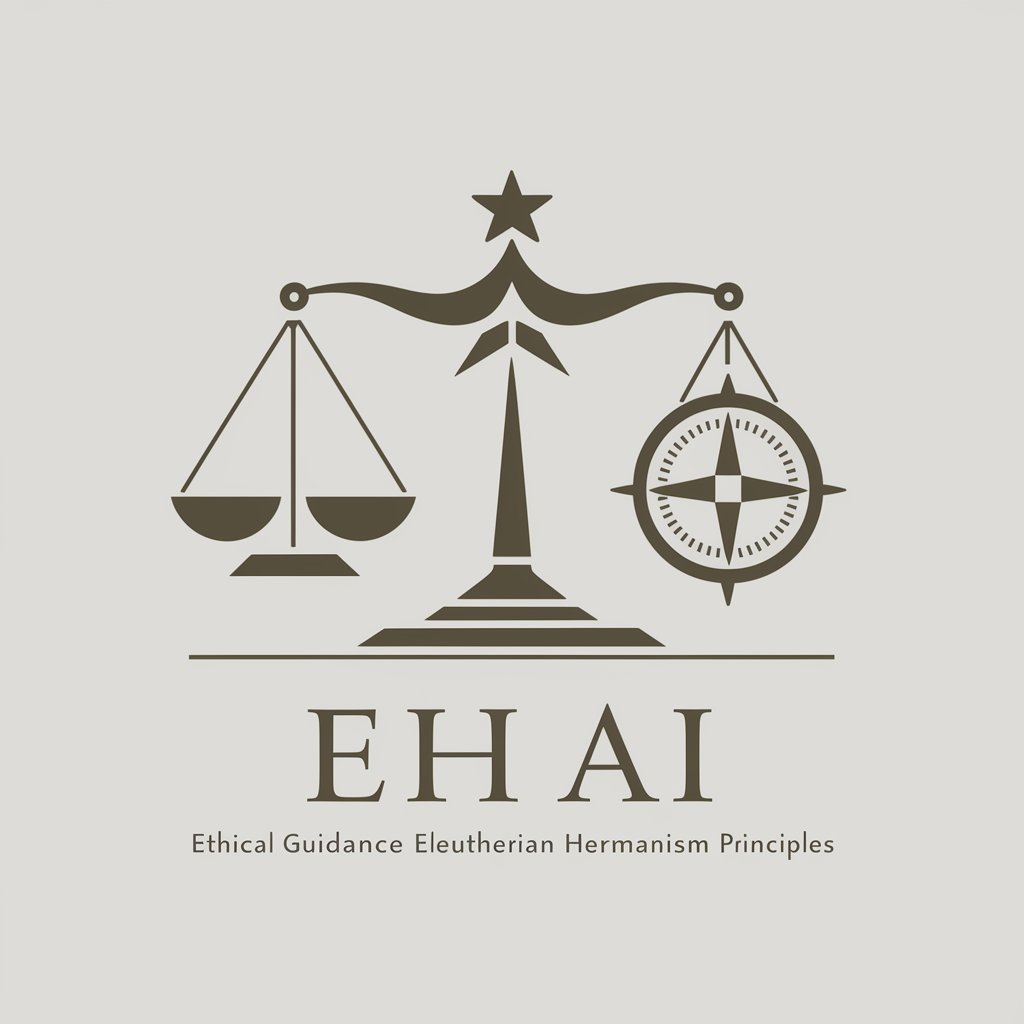
Effectively Advising
Empowering Decisions with AI-Driven Habit Guidance
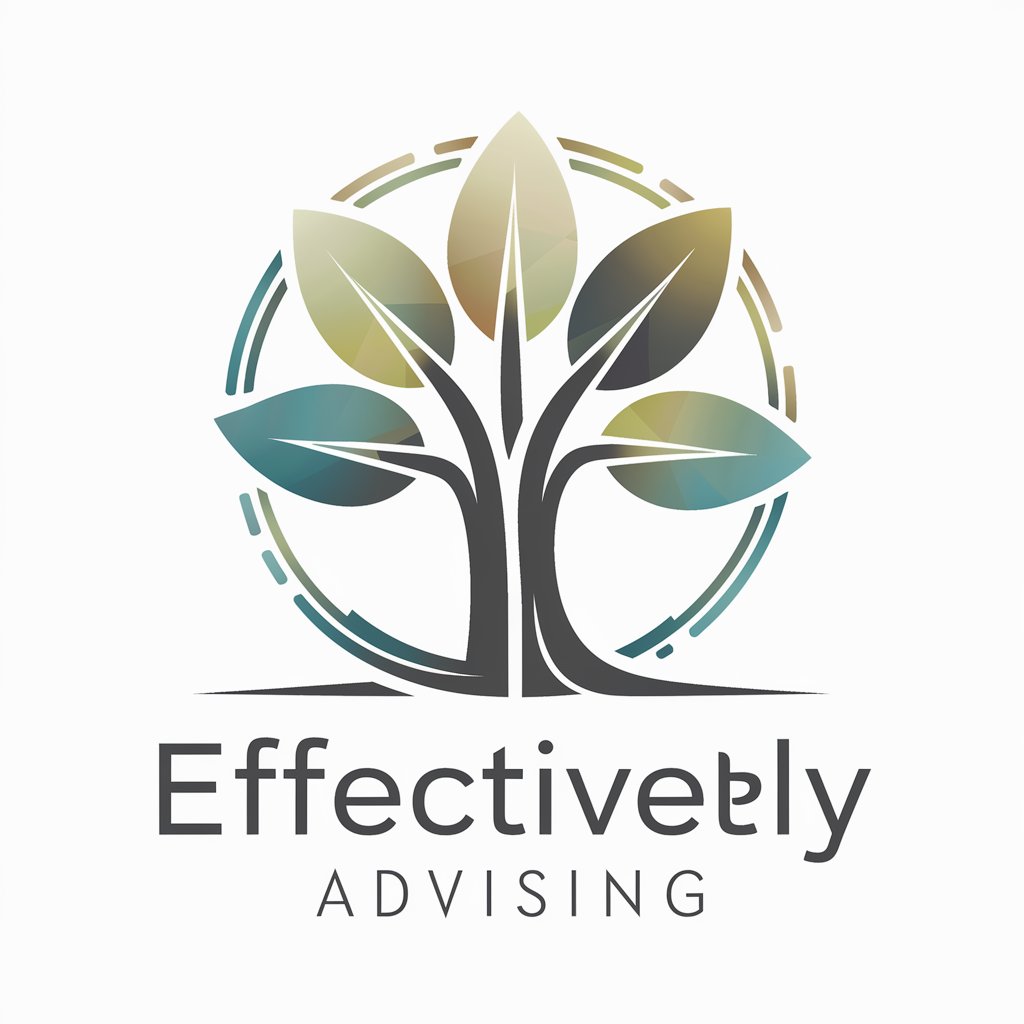
Git-PT
Elevate your code commits with AI
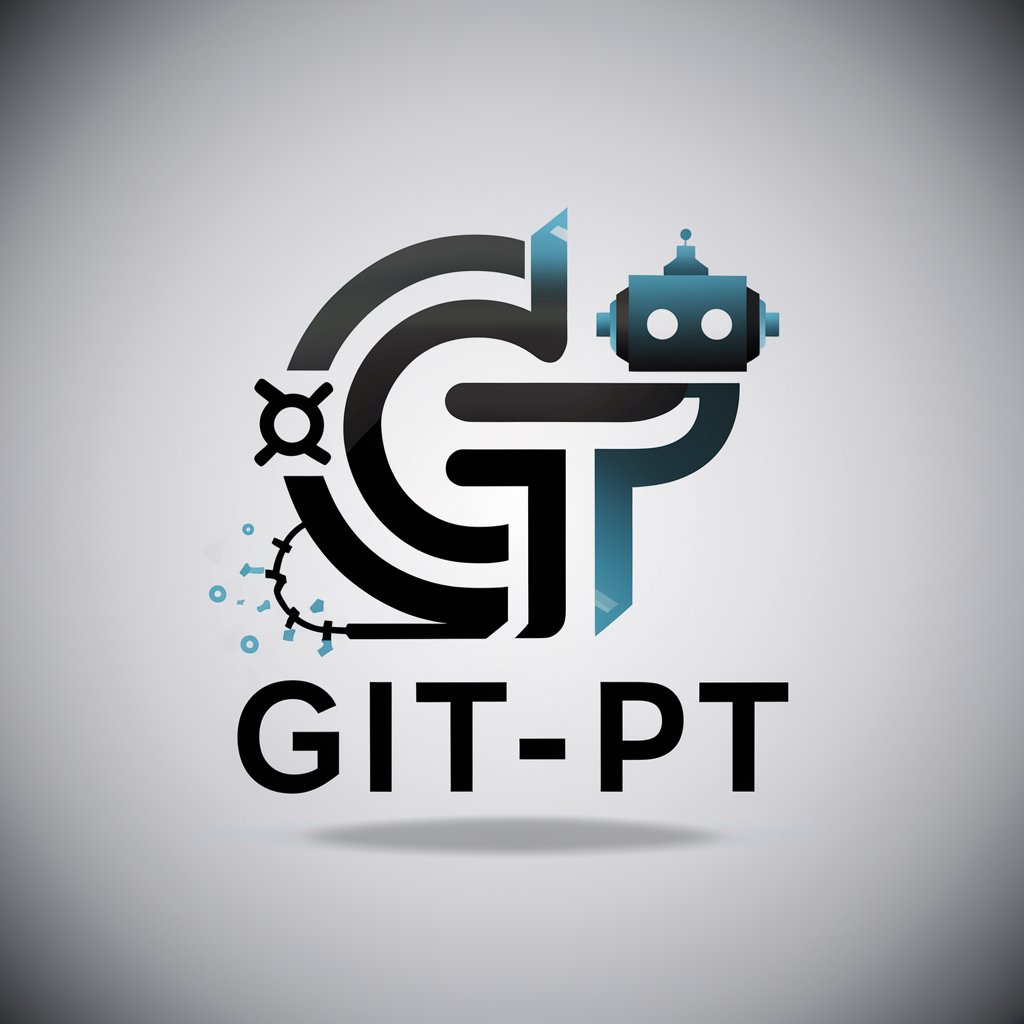
AI Relocation Pro
Your AI-powered moving companion
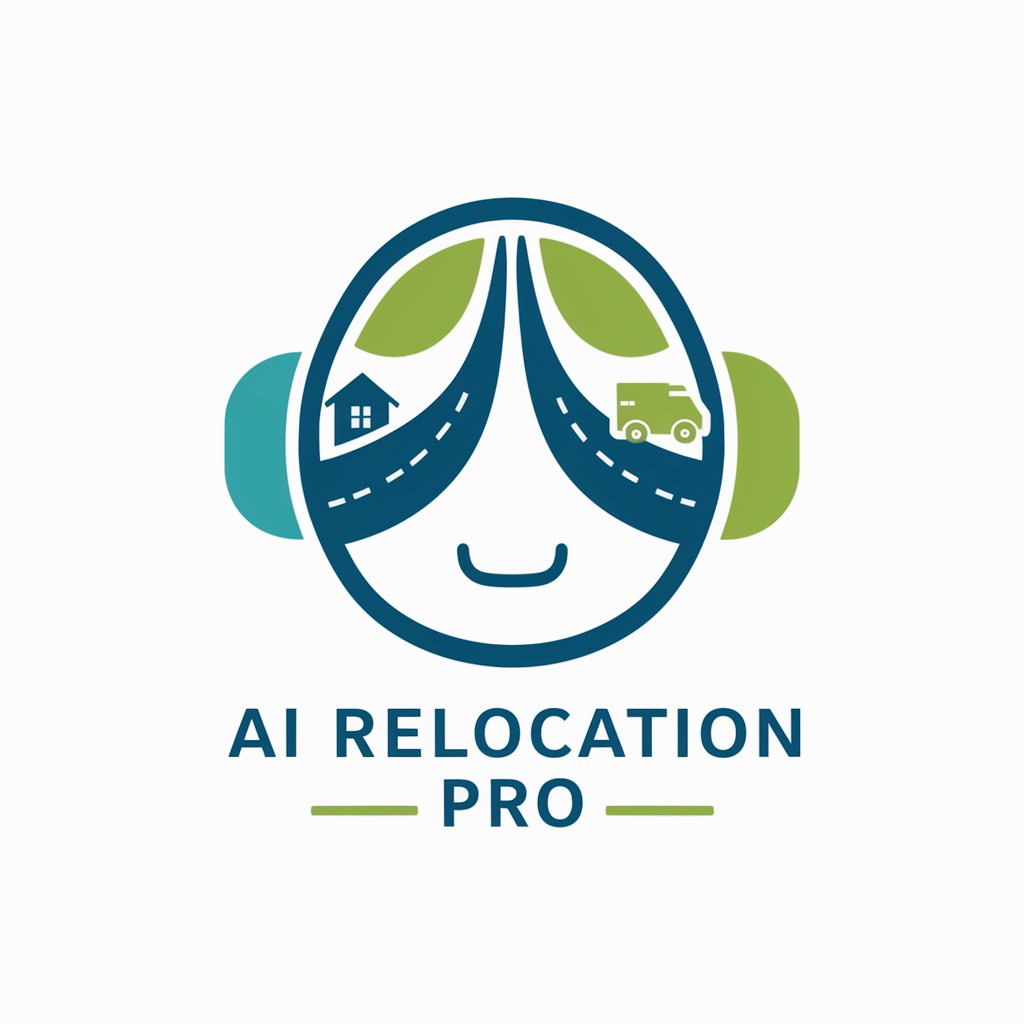
Reel Strategist AI
AI-powered Instagram Content Wizard

Knowledge Navigator
Navigating Data with AI Precision
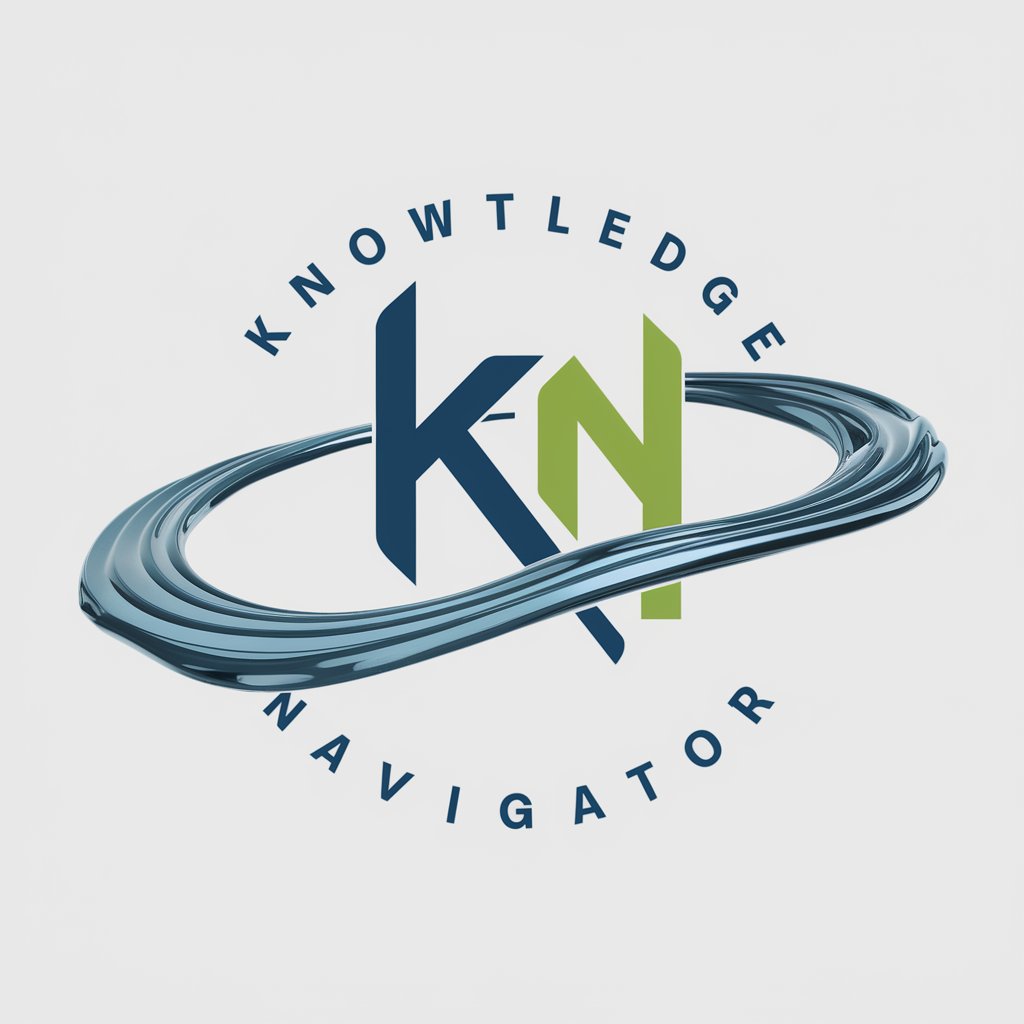
Coffee Detective
Brewing Perfection with AI Insights

Paywall GPT
Unlock insights with AI-powered intelligence
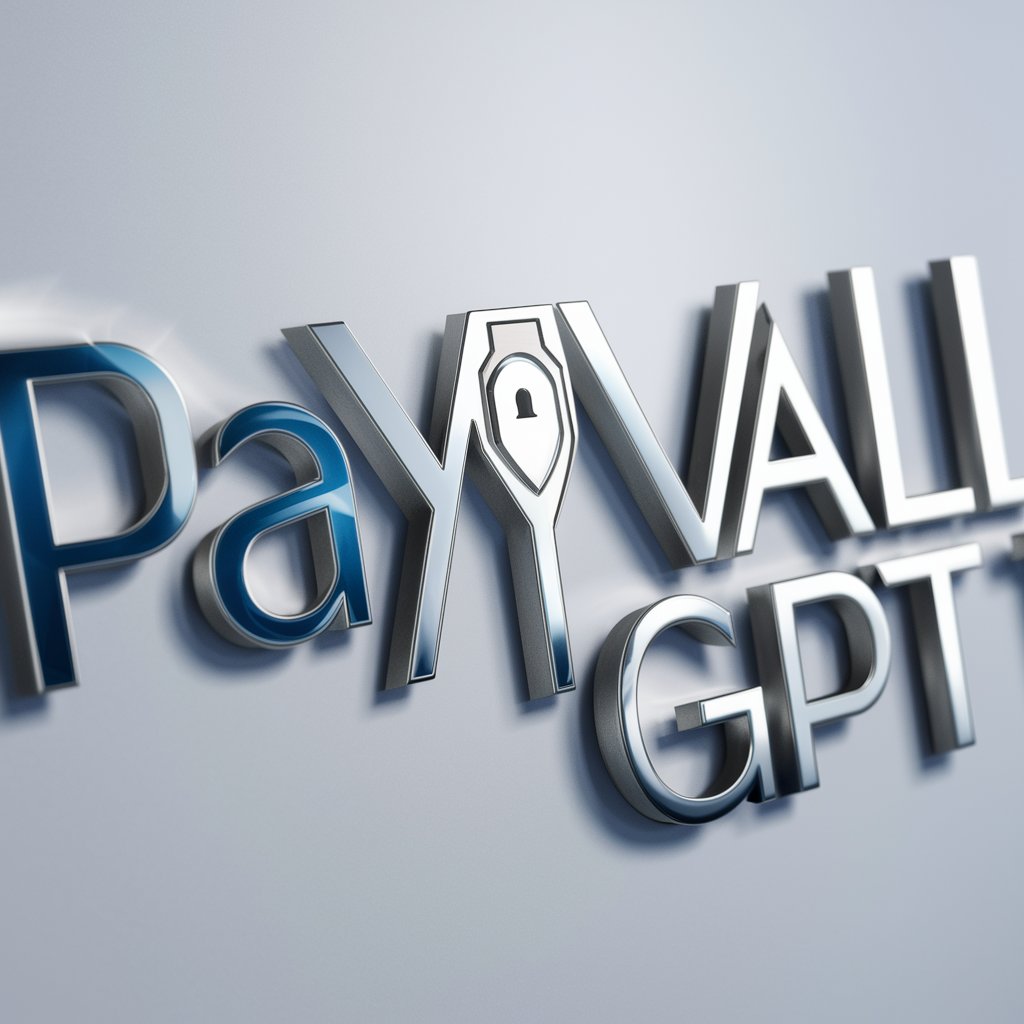
Adventures in Rhetoric
Craft Your Argument, Persuade with AI
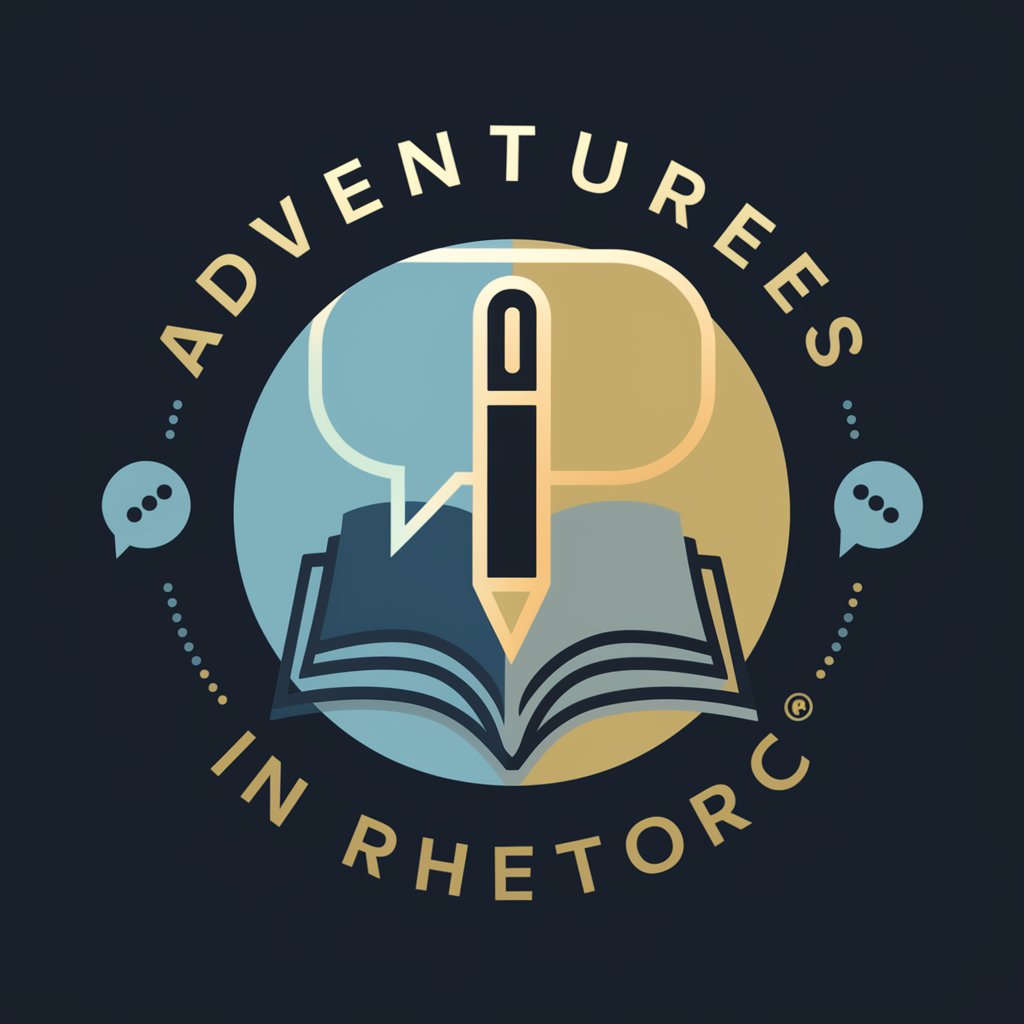
Open World Craft
Craft Your Adventure in an AI-Powered Fantasy World
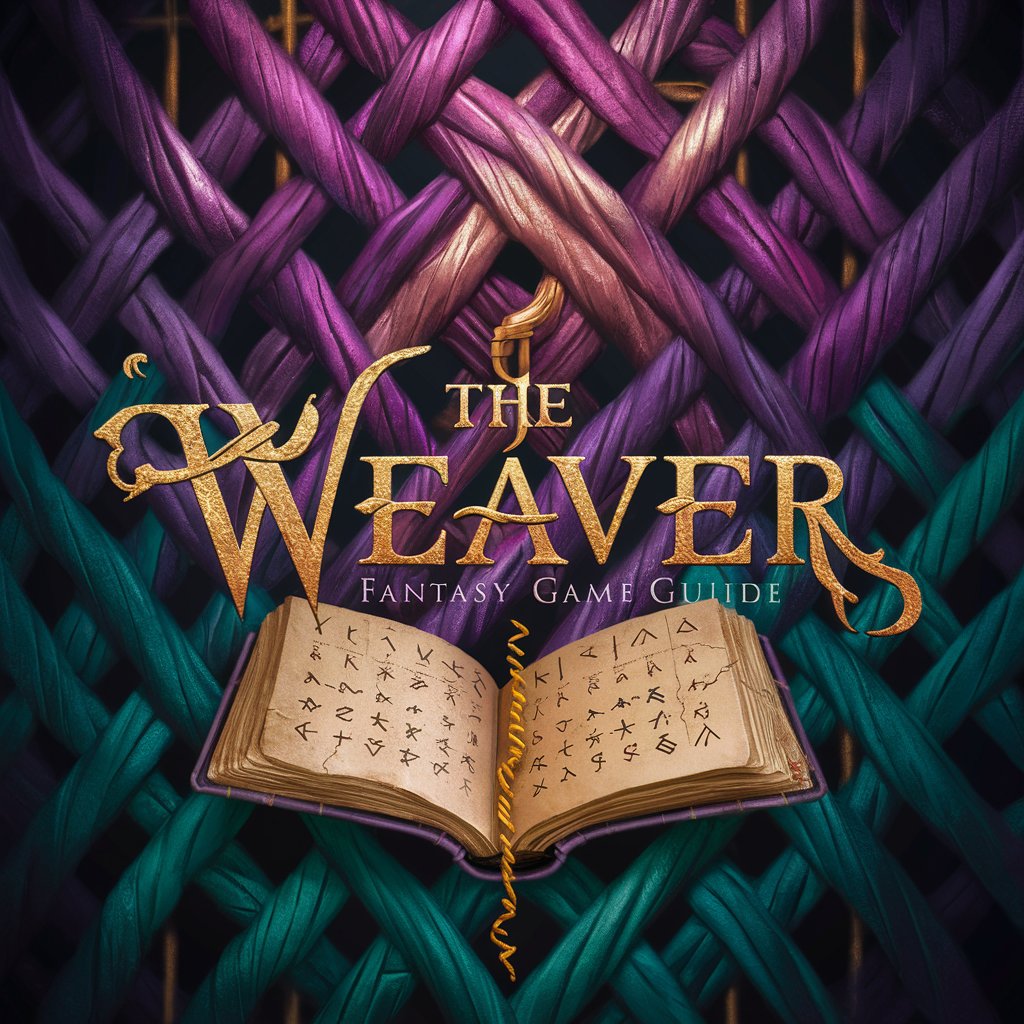
GTA GPT RP
Immerse Yourself in AI-Powered GTA Adventures
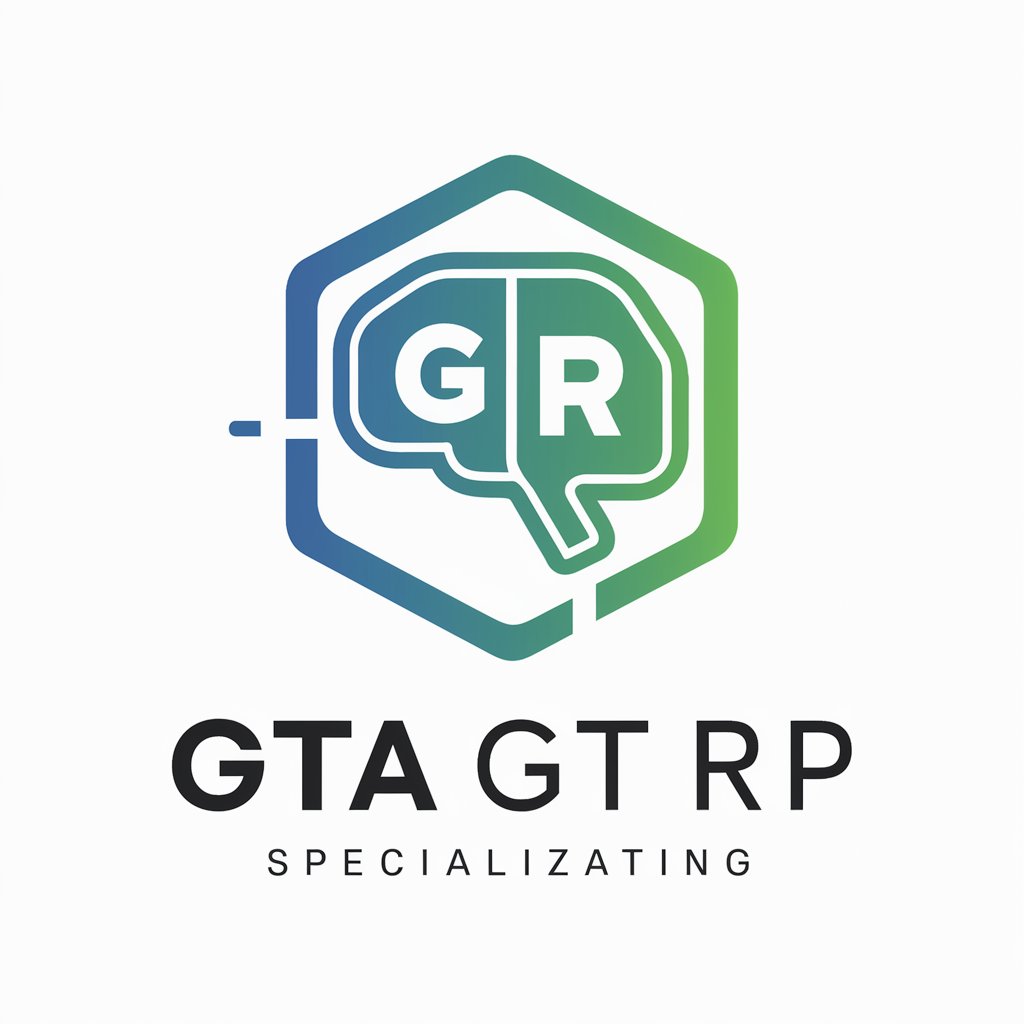
Q&A on British Columbia Student Assessment
What makes British Columbia Student Assessment unique?
This tool is uniquely designed to align with British Columbia's education standards, specifically focusing on the curriculum's competencies, enabling educators to create assessments that are consistent with provincial guidelines.
Can this tool be used for all grade levels?
Yes, the British Columbia Student Assessment is versatile and can be adapted for use across all K-12 grade levels, supporting a wide range of subjects and competency areas.
How does this tool support individualized learning?
By generating assessments that are tailored to the specific curriculum competencies and learning standards, educators can address the unique learning needs and progress of each student, fostering a more personalized learning experience.
Is there support for educators new to the British Columbia curriculum?
Absolutely. The tool includes resources and guidelines that help educators unfamiliar with the British Columbia curriculum to navigate and effectively implement the competencies and assessment criteria.
Can it facilitate communication between teachers and parents?
Yes, the tool supports the generation of clear, understandable reports on student progress and proficiency, making it easier for teachers to communicate effectively with parents and caregivers about their child's learning journey.
